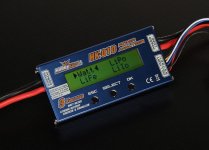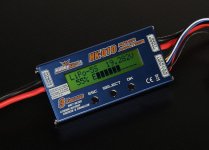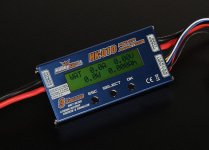Good morning mates ,
My pack is doing something that is making me very happy i just want to share it with you because i am a lipo noob and i am still learning .
.
I have charged the 12s2p pack i am having like 15 times with bulk charger as a lilo the charger gets each battery at 25 volt approx.
The strange thing the pack dose is that some bricks are kinda unbalanced 0.065 after charge but after i do the series connection and leave the pack to rest after charging like one hour all bricks are perfectly balanced like 0.010 ~ 0.018 differences max is that normal ?
Are the lipos equalizing while in parallel after a while ? even if i don't have the balance wires paralleled ? I know its not an issue but if you want to explain why this happens i will be more than happy
Thanks again and again
My pack is doing something that is making me very happy i just want to share it with you because i am a lipo noob and i am still learning
I have charged the 12s2p pack i am having like 15 times with bulk charger as a lilo the charger gets each battery at 25 volt approx.
The strange thing the pack dose is that some bricks are kinda unbalanced 0.065 after charge but after i do the series connection and leave the pack to rest after charging like one hour all bricks are perfectly balanced like 0.010 ~ 0.018 differences max is that normal ?
Are the lipos equalizing while in parallel after a while ? even if i don't have the balance wires paralleled ? I know its not an issue but if you want to explain why this happens i will be more than happy
Thanks again and again




